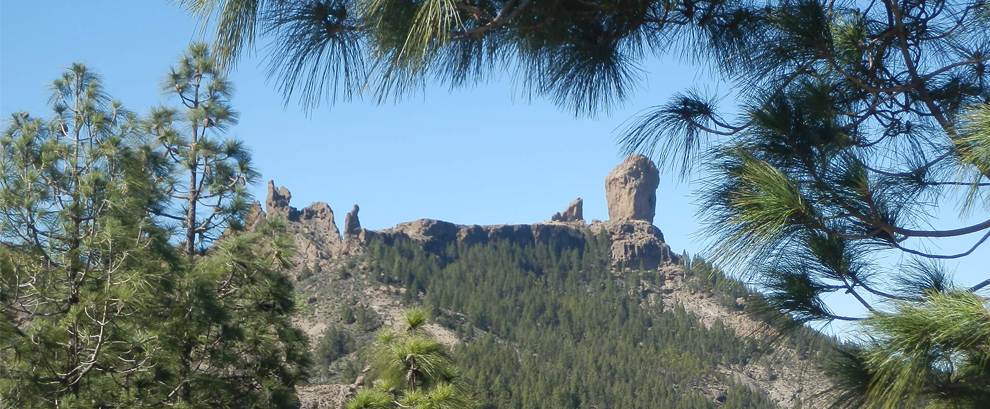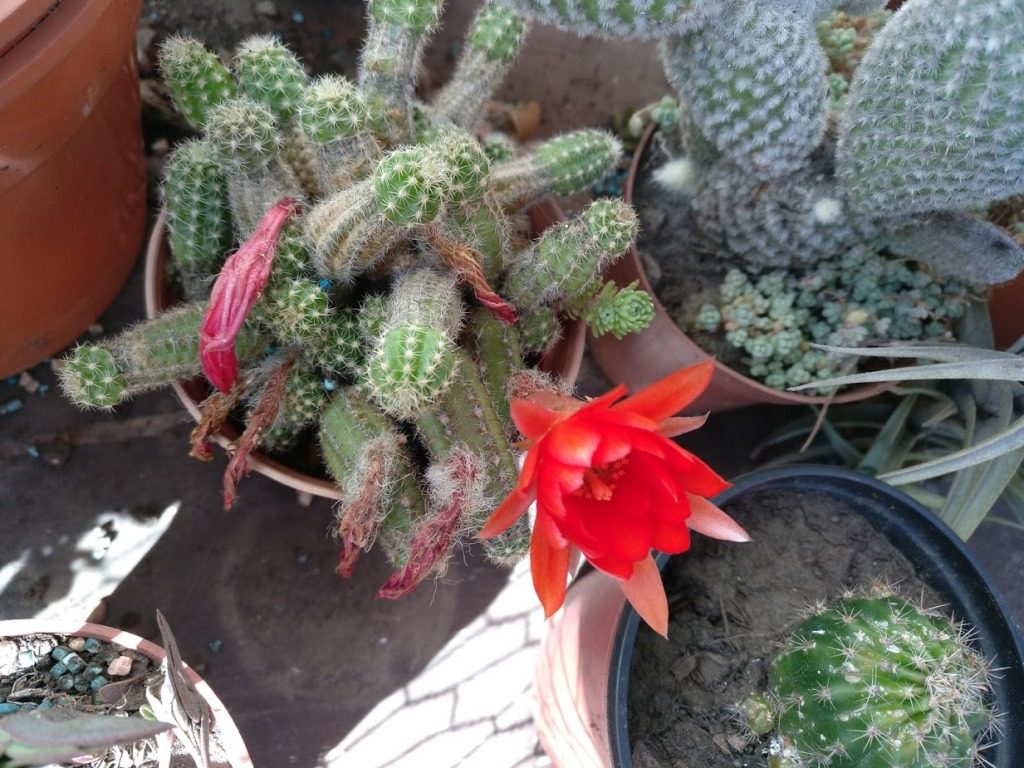Echinopsis chamaecereus is a cactus species of the genus Echinopsis,,de,It occurs in the Andes of northwestern Argentina in the province of Tucumán,,de,This species is also known by the synonyms Chamaecereus silvestrii and Lobivia silvestrii,,de,In English she is called "Peanut Cactus" because of her numerous small side shoots,,de,The German Cactus Society and the Society of Austrian Cactus Friends and the Swiss Cactus Society chose Echinopsis chamaecereus as the "Cactus of the Year 2018",,de,Echinopsis chamaecereus forms dense grasslands from low-lying through numerous side shoots,,de,finger-shaped shoots of light green color,,de,which on eight to ten ribs numerous areoles with,,de,white thorns of,,de,mm length,,de. Sie kommt in den Anden Nordwest-Argentiniens in der Provinz Tucumán vor. Diese Art ist auch unter den Synonymen Chamaecereus silvestrii und Lobivia silvestrii bekannt. Im Englischen wird sie wegen ihrer zahlreichen kleinen Seitensprosse als „Peanut Cactus“ bezeichnet. Die Deutsche Kakteen-Gesellschaft sowie die Gesellschaft Österreichischer Kakteenfreunde und die Schweizerische Kakteen-Gesellschaft wählten Echinopsis chamaecereus zum „Kaktus des Jahres 2018“
Echinopsis chamaecereus bildet durch zahlreiche Seitensprosse dichte Rasen von niederliegenden, fingerförmigen Trieben von hellgrüner Farbe, welche auf acht bis zehn Rippen zahlreiche Areolen mit 10 to 15 weißen Dornen von 1 to 1,5 mm Länge tragen. In strong sunlight, the shoots may turn violet,,de,Funnel-shaped flowers are radial symmetry and have a diameter of about four centimeters,,de,The lively vermilion colored bloom bracts are numerous,,de,Also numerous stamens and a yellowish style are available in every flower,,de,The flowers appear in culture between May and July laterally on the shoots,,de,Trübrote develop,,de,mm long fruits,,de,the little one,,de,contain black seeds,,de,As an ornamental plant has the yellow mutant Echinopsis chamaecereus f,,de,lutea a greater importance than the wild species,,de,She is often called,,de,Bananenkaktus,,hi,It lacks the necessary for photosynthesis green chlorophyll,,de,and that's why it needs to be grafted onto another cactus,,de.
Die zwittrigen, trichterförmigen Blüten sind radiärsymmetrisch und haben einen Durchmesser von etwa vier Zentimetern. Die lebhaft zinnoberrot gefärbten Blütenhüllblätter sind zahlreich vorhanden. Auch zahlreiche Staubblätter und einen gelblichen Griffel gibt es in jeder Blüte. Die Blüten erscheinen in Kultur zwischen Mai und Juli seitlich an den Trieben. Es entwickeln sich trübrote, 7 mm lange Früchte, die kleine, schwarze Samen enthalten.
Als Zierpflanze hat die gelbe Mutante Echinopsis chamaecereus f. lutea eine größere Bedeutung als die Wildart. Sie wird oft als “Bananenkaktus” verkauft. Ihr fehlt das zur Photosynthese notwendige grüne Chlorophyll, und deswegen muss sie auf einen anderen Kaktus gepfropft werden, to survive,,de,The Pfropfunterlage takes over the nutrition of the Pfröpflings with their photosynthesis and their roots,,de,Commercially grafts with a Hylocereus species are usually available as a base,,de. Die Pfropfunterlage übernimmt mit ihrer Photosynthese und ihren Wurzeln die Ernährung des Pfröpflings. Im Handel sind meist Propfungen mit einer Hylocereus-Art als Unterlage erhältlich.
Aus und weitere Info Wikipedia










Latest Comments